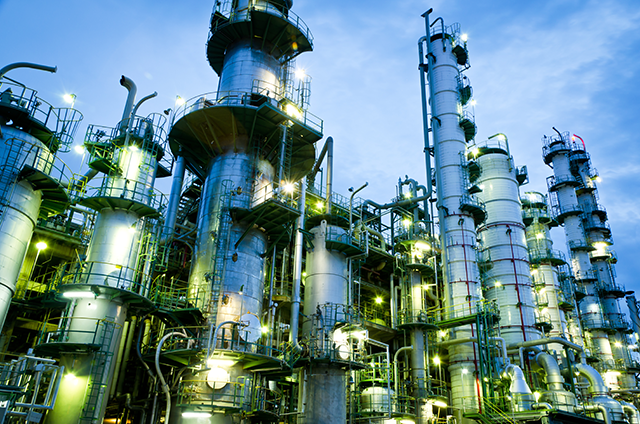The Carbonylation Process of Methanol is carried out in a Continuous Stirred Tank Reactor (CSTR). The Methanol and Carbon Monoxide (CO) are fed to the Reactor from the Bottom.
The CO is compressed with Compressor to 30 bar before entering the reactor to ensure the Reaction is occuring in the Liquid Phase.
The Reaction is highly exothermic and hence a Cooling Jacket is provided to ensure that the proper temperature of 150°C is maintained in the Reactor. The initial heat required to initiate the Reaction is provided by streaming Steam through the Reactor Jacket. As the Reaction starts, the heat of Reaction is used to sustain the Reaction and excess heat is removed.
The unreacted Gases are vented out through a scrubber which also works as a Preheater for a part of the Methanol Feed heated up from ambient temperature to 60°C as it exits the Scrubber. Another role of the Side Stream is to Stripping off entrained Liquid in the Vent Gases and to ensure that the Product lost in these gases is minimized. The Vent Gases generally exit the Scrubber at 50°C to the atmosphere.
The Product Stream from the CSTR, rich in Acetic Acid and containing low concentrations of Methanol, By-Product Propionic Acid and Water, is passed through the Throttling Valve to the Flash Tank where the Product is flashed to atmospheric pressure.
The Product from the Flash Tank is fed to the Light End Distillation Column at a temperature of 52°C. A Recycle Stream is pumped from the Bottom of the Flash Tank back to the CSTR. In the Light End Distillation Column the Feed containing Acetic Acid, Water, Propionic Acid, Methanol and Methyl Acetate is distilled to separate Light Ends (Methyl Acetate and Methanol) from the Bottom Stream containing Acetic acid, Propionic Acid and a small concentration of Water that is exiting from the Bottom at a temperature of 97°C.
The Acetic Acid from the Light Ends Distillation Columnis is typically 87.6 % by weight and is further purified in the Acid Purification Unit to obtain the required Product. In the Acid Purification Unit, the Stream enters at a temperature of 97°C. The Higher Boiling Propionic Acid is obtained from the Bottom of the Distillation Tower where a temperature of 123°C is maintained. Glacial Acetic Acid (99.8% by weight) is obtained from the Top of the Distillation Tower.[1]
The Cativa™ Process is claimed to increase CO Utilization compared with the Rhodium Process from ~85% to above 94%[2] with a yield of Acetic Acid (99.8 wt-% purity) of 90%.[1]
1. Source: Raj, Prudhvi. (2014). Manufacture of Acetic acid through the methanol carbonylation route.
2. JOHNSON MATHEY TECHNOLOGY REVIEW, The Cativa™ Process for the Manufacture of Acetic Acid.






.jpeg)






